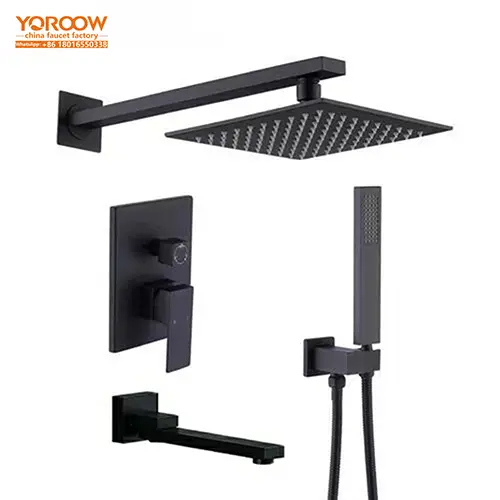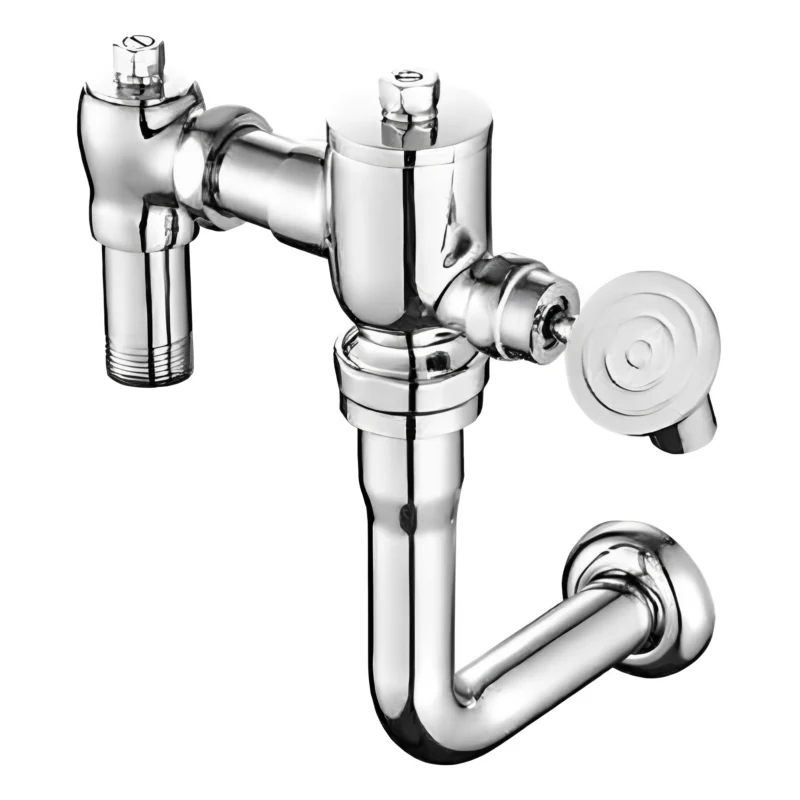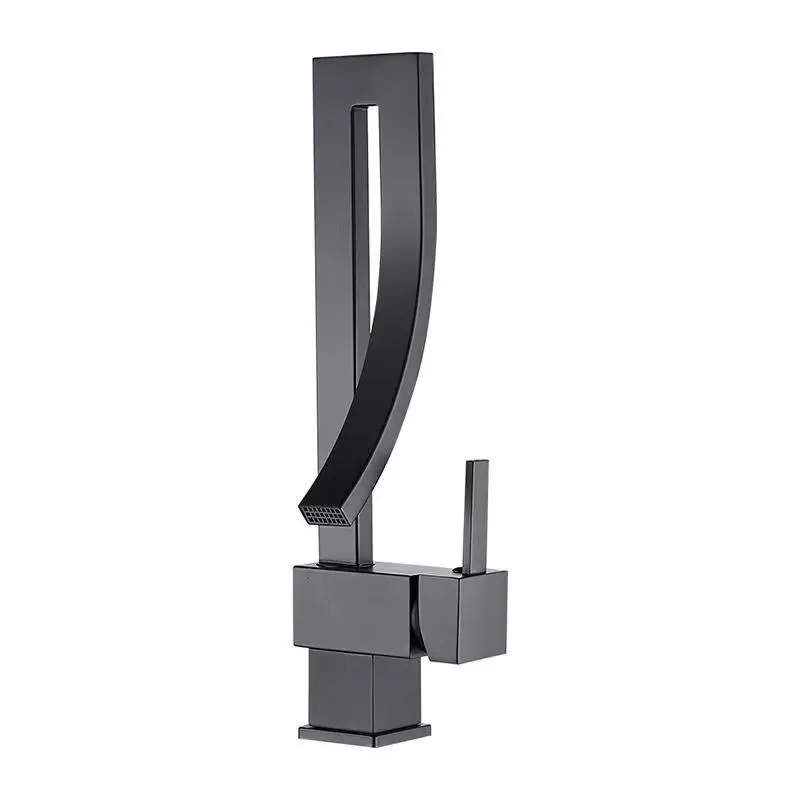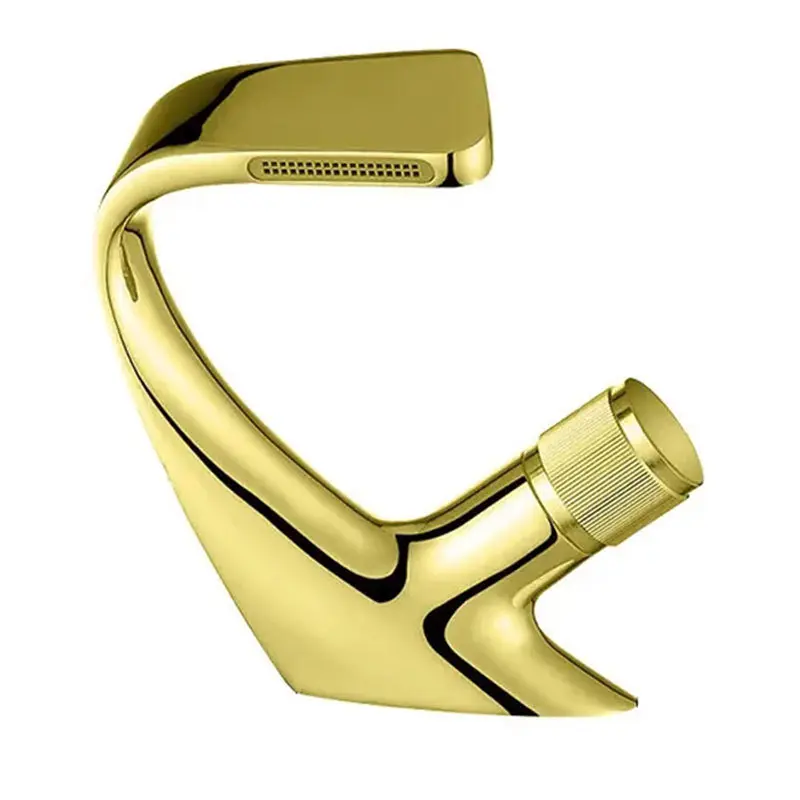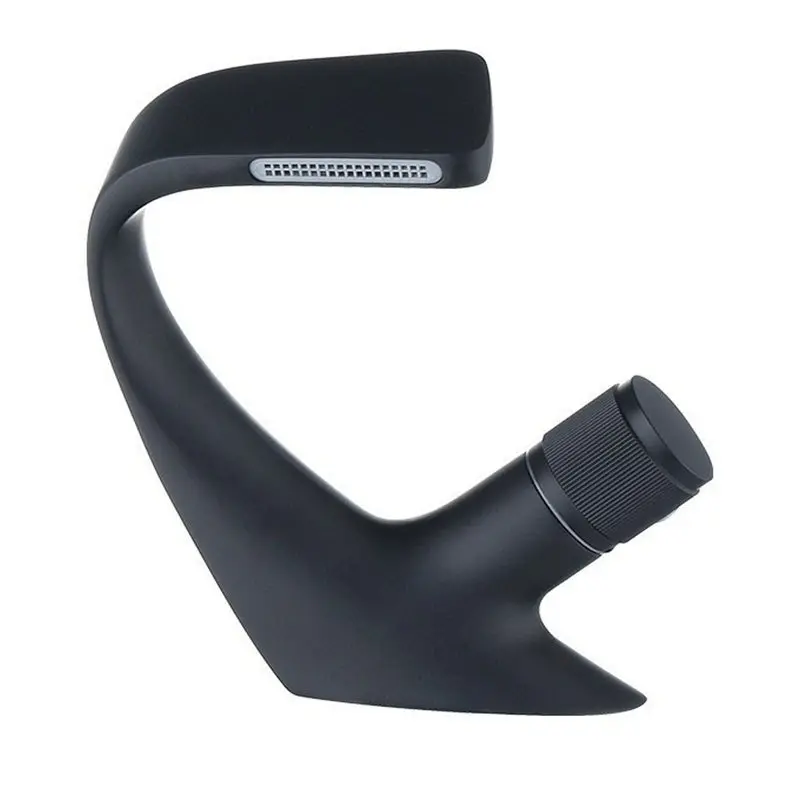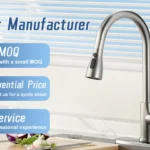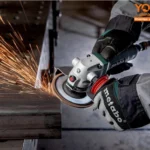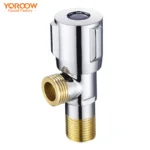To create a bathroom that combines beauty and practicality, a concealed shower mixer rainfall shower set is an excellent choice. This design hides water pipes and mixing valves within the wall, leaving only the overhead shower, handheld shower, and control panel exposed, giving the bathroom a sleek and spacious look. Concealed shower sets produced by Fábricas de torneiras chinesas are made from high-quality brass and stainless steel, and come in various finishes like brushed nickel and matte black. They not only last long but also match different decoration styles. However, to ensure a smooth installation and trouble-free use, every step must be carefully executed. Here is a detailed guide to the entire installation process.
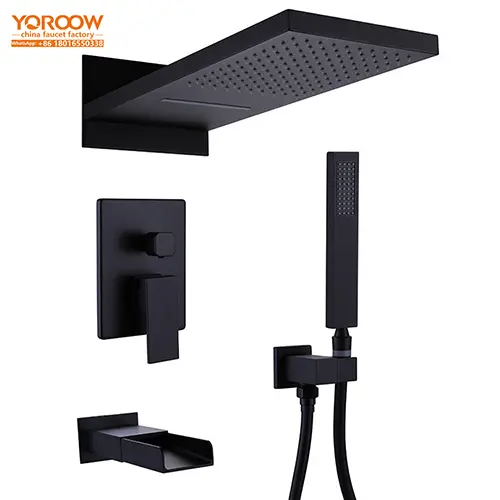
I. Precautions Before Installation
Several preparations are needed before installation. First, consider the wall condition. Hollow brick walls or lightweight partition walls may not withstand the weight of the shower set and water pressure. It is recommended to install on load-bearing walls or solid walls with a thickness of at least 12 centimeters. If the wall at home doesn’t meet the requirements, it can be reinforced with steel plates. Second, understand the layout of cold and hot water pipes in advance to avoid damaging them during drilling. Once, a homeowner drilled through a hot water pipe due to lack of pipe position confirmation, resulting in a house-wide water outage and costly repairs. Additionally, concealed shower mixer rainfall shower sets from different brands vary in size and structure. After purchasing products from Chinese faucet factories, carefully read the instructions to confirm if the wall space is suitable for installation.
II. Required Installation Tools
Proper tools are essential for installation. You’ll need an electric drill with suitable drill bits (for wall drilling), a spirit level (to ensure horizontal installation), wrenches (for tightening pipe joints), Teflon tape (for enhanced sealing), a tape measure (for positioning), a pencil (for marking), and sealant (for waterproofing). If the wall is tiled, a tile hole cutter is also required. Chinese faucet factories usually include basic accessories like screws and expansion tubes in the product package, but it’s advisable to prepare a full set of wrenches for unexpected situations.
III. Preparation Steps Before Installation
Pre-installation preparations are crucial. The first step is precise measurement and positioning. Mark the installation positions of the mixing valve, overhead shower, and handheld shower holder on the wall with a tape measure and pencil according to the product manual. Generally, the center of the mixing valve is 1.1 meters from the ground, and the center of the overhead shower is 2.1 – 2.3 meters from the ground. Double-check the positions with a spirit level to ensure accuracy. The second step is to turn off the main water valve at home and open all faucets to empty the remaining water in the pipes, preventing leakage during installation. Finally, clean the wall surface of the installation area, removing dust and oil stains. If the wall is uneven, level it first.
IV. Processo de instalação normalizado
- Installation of the Mixing Valve: Drill holes in the wall according to the marked positions with an electric drill, making sure the depth matches the expansion tubes. Insert the expansion tubes, fix the mixing valve, and tighten the screws while continuously calibrating with a spirit level. When connecting cold and hot water pipes, follow the principle of “hot on the left, cold on the right” and wrap the joints with Teflon tape 8 – 10 times in a clockwise direction. Some mixing valves produced by Chinese factories have anti-misconnection interfaces to reduce installation errors.
- Installation of the Overhead Shower: Before drilling holes in the ceiling or wall, use a rebar detector to avoid hitting load-bearing structures. Use expansion bolts to install the fixing bracket for stability. Connect the overhead shower to the water pipe, seal the joint with Teflon tape, and then fix it on the bracket, adjusting the angle as needed.
- Installation of the Handheld Shower and Control Panel: Install the handheld shower holder at an appropriate height according to the user’s height. Connect the handheld shower hose to the mixing valve and check the connection. When installing the intelligent control panel, waterproof the wiring by applying waterproof glue and using insulating sleeves, then fix it in a convenient position.
V. Usage Testing and Inspection Key Points
After installation, slowly open the main water valve and check if the cold and hot water are connected correctly and if the water flow is normal. Pay special attention to potential leakage at the mixing valve interface, hose connections, and wall embedded box gaps. If leakage occurs, turn off the water valve immediately and rework the connection. Test the water outlet effect of the overhead shower and handheld shower to ensure even water flow and stable water pressure. For thermostatic models, use a high-precision thermometer to test the water temperature. Set the temperature at 38°C and observe if the temperature fluctuates within ±1°C in 5 minutes. For intelligent models, also test functions like digital temperature control and APP control.
VI. Common Installation Problems and Solutions
- Water Leakage: Leakage at connections is often due to improper Teflon tape wrapping. Remove the pipe fittings, sand the interface, and re-wrap the tape. If there is internal wall leakage, the embedded pipeline may be broken. Open the wall for inspection and replace it with the same material 管件 provided by the original factory.
- Poor Water Flow: It may be caused by impurities blocking the pipeline. Remove the showerhead and hose for flushing, or check if the protective sleeve inside the pipe fittings was not removed during installation.
- Thermostatic Function Failure: For mechanical thermostatic valve cores, check if the temperature-sensing element is deformed. For electronic thermostatic models, check the power module and wiring connections. Many failures are due to incorrect wire connections, so always refer to the circuit diagram in the instruction manual during installation.
VII. Safety Tips and Maintenance Suggestions
Turn off the power and water during installation to avoid risks of electric shock and water leakage. Be careful to avoid hidden facilities like electrical wires and water pipes when drilling holes. In daily use, soak the showerhead in lemon water solution quarterly to remove scale and disinfect. In northern regions, empty the water in the pipes during long-term non-use in winter to prevent freezing and cracking. Most products from Chinese faucet factories come with a 2 – 3-year warranty. If there are any problems during use, contact the official after-sales service. Some brands also offer on-site maintenance services.
